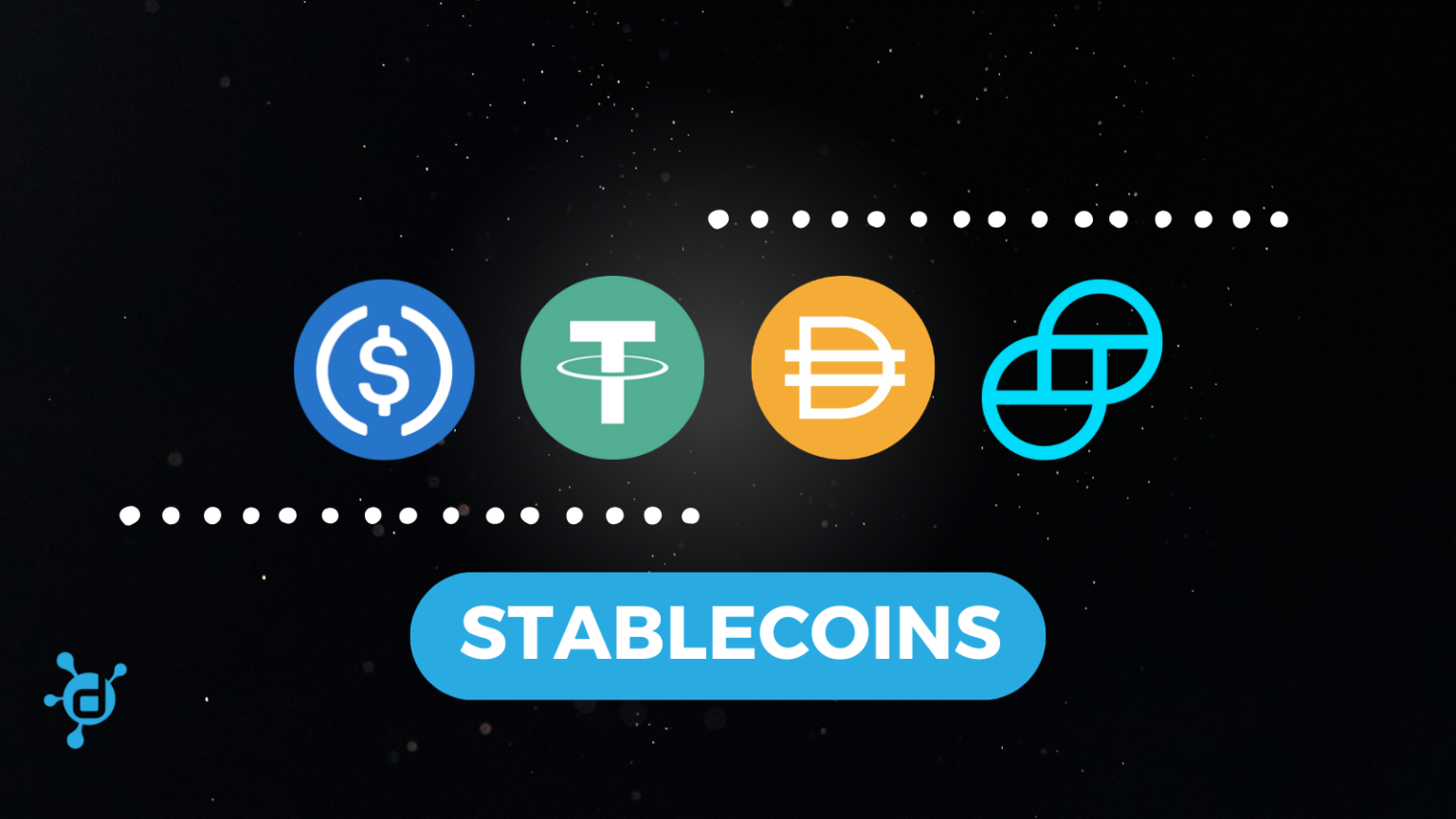Back in 2020, I started getting into investing and very quickly realized there was a lot to learn. I started with stocks, a common place for people to begin. However, I’d been hearing about cryptocurrencies for a few years from some friends. I had a friend from college who had bought some Bitcoin in 2013 and by the time 2018 rolled around, he’d made enough off of that investment to “retire” for a year and basically take a life gap year from the workforce. It was enough to make me curious, that’s for sure.
The initial hesitation that I had about getting into cryptocurrency was that it’s volatile. In fact, volatile is an understatement. The volatility index (VIX), which measures volatility within the stock market, has nothing on the variance that occurs in cryptocurrency markets. It can be a lot to stomach, even if you’re relatively comfortable with risk and have a long time horizon on your investments.
Most cryptocurrencies fall into this bucket of significant volatility. However, if you browse the available tokens (the various types of cryptocurrencies) on any centralized crypto exchange (ex: Coinbase), you’ll find a type of token that is less volatile. It is called a stablecoin and not only is it less volatile, but it hardly ever moves (more on why it does occasionally move later).
What is a Stablecoin?

Stablecoins are meant to be, well, stable. Typically, these tokens are meant to replicate a real-world asset on the blockchain. The blockchain is a digital transaction ledger that is decentralized. For example, US Dollar Coin, which trades under the token ticker USDC, is meant to replicate the same value as a singular dollar from the United States of America. This means, in theory, that a buyer should always be willing to pay $1 US dollar for 1 USDC, and the seller should always be willing to take $1 USD in exchange for 1 USDC.
In practice, it’s a bit more complicated than this. Let’s continue with the example of USDC. USDC was created and is maintained by a company called Circle. Circle is able to provide a stablecoin that retains relative value to the US Dollar by holding reserve assets that back the value of USDC. Those assets are generally M1, cash and cash equivalents, and are held at various different financial institutions.
Circle is licensed as a money transmitter under US state law and is audited annually, just like other payment processing companies. The value of the reserves held by Circle is not to extend beyond the total value of USDC in circulation on the blockchain. USDC trades on various different blockchains, all of which maintain a 1:1 ratio with the US Dollar. USDC can be moved from one blockchain to another via a mechanism called a bridge, which we won’t dive too deep into here.

Other stablecoins exist as well. Tether, which maintains multiple stablecoin assets, also has a token pegged to the US Dollar, which is known as USDT. USDT trades across various blockchains, including two separate protocols on the Bitcoin blockchain. All of Tether’s various stablecoins can be found under Transparency, which also contains information about the assets backing these coins, where to find and purchase the coins, and the total market cap of each stablecoin.
Why Buy Stablecoins?
There are additional examples, but at this point, you may be wondering what purposes stablecoins are used for. Standard cryptocurrencies vary in value, oftentimes very drastically due to the volatility of the asset class. People purchase them for various use cases, including trading, spending on the blockchain, voting mechanisms, and other practical purposes. Both USDC and USDT have some of the highest market caps of active tokens on most exchanges, but why do they generate so much volume when nobody is making any money from selling them for more than they purchased them for?
The answer comes not in the volatility, or lack thereof, in the stablecoins themselves, but in the stablecoin use cases. Stablecoins are especially important for many aspects of decentralized finance, which is often abbreviated as DeFi. Stablecoins can be used in various lending protocols, which allow users to either borrow them on credit and pay them back with interest, or loan them out to borrowers and receive interest on the loan. This type of DeFi protocol can appeal to risk-averse users who want to learn the basics of blockchain technology, as there’s not nearly the risk that the tokens won’t hold their value since they’re a stablecoin.
Companies, especially those that operate in the web3 space, will also use stablecoins to pay their employees. Employees can be transferred funds that they are owed almost instantly instead of having to wait for an ACH transfer, which is what most traditional financial institutions use to send money back and forth.

Currently, the average bank transfer takes a couple of business days to clear. Some entities promise an earlier clearing time to customers, which is essentially the financial institution taking a day or two float on the transfer and providing liquidity to customers early. While customers don’t have to worry about this since they get early access to cash, the bank or other intermediary that is waiting on the transfer is counting on there not being any issues over that float. A float simply means that the actual money is not in the hands of the bank yet, but the bank has paid the customer using previously obtained funds.
What Does This All Mean?
Stablecoins are a complex use of blockchain technology that has the potential to really alter the way that clearing funds operate. Due to the complex nature of these coins, we will be covering more information about them in a second portion of this basic guide, which will be published at a future date. Keep an eye out for that and see if you can do some reading on the stablecoins we discussed in this article before reading part two.




